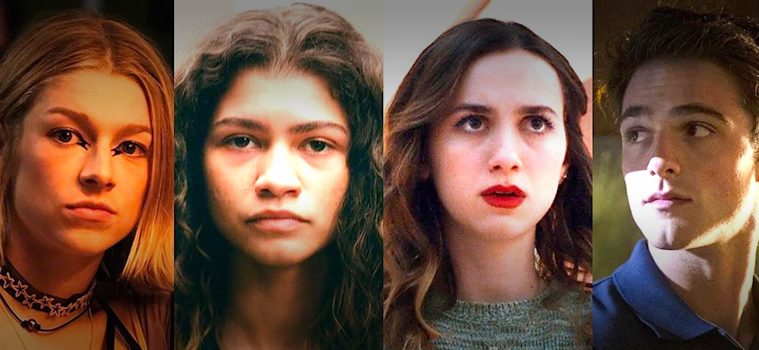EUPHORIA IN ADDICTION –
April 5, 2022 – But that’s not to say that the show’s creators aren’t providing a brutally honest portrayal of how addiction affects those around you. After all, the only other TV show that I believe truly shows addiction for what it is, is BoJack Horseman. And he’s a cartoon horse.
The setting doesn’t need to be overtly realistic for addiction to be explored effectively. If anything, some light relief or slightly unrealistic elements make the message more poignant. BoJack’s best friends are a pink cat and an overenthusiastic dog. But for all his jokes, when his addiction catches up to him he begs Diane, “I need you to tell me that I’m a good person. I know that I can be selfish and narcissistic and self-destructive, but…tell me that I’m good.” It’s starkly real, especially when she doesn’t have it in her to lie to him that he is.
The same goes for Rue. She’s surrounded by a sea of gorgeous people dressed in pink and purple in revolving love triangles. But on an everyday level, she suffers. “Every time [she] feels good, [she] thinks it will last forever… but it doesn’t.” The palatable settings don’t make the way these two protagonists talk about themselves any less harrowing. If anything, it makes a more difficult watch. This poses an even starker contrast when the honesty halts the entertainment.
What people get wrong about the portrayal of addiction is that the addict must be painted like the bad guy. They must meet their tragic, poetic end – and relatively soon. Those who deal drugs are often working-class wrong-uns who are just out to corrupt the good guys in the show with lucrative substances. Mikey Forrester inTrainspotting, Jesse from Breaking Bad, Lance in Pulp Fiction – the list goes on. And generally the audience are left with the sentiment that they should never so much as go near a joint again.



